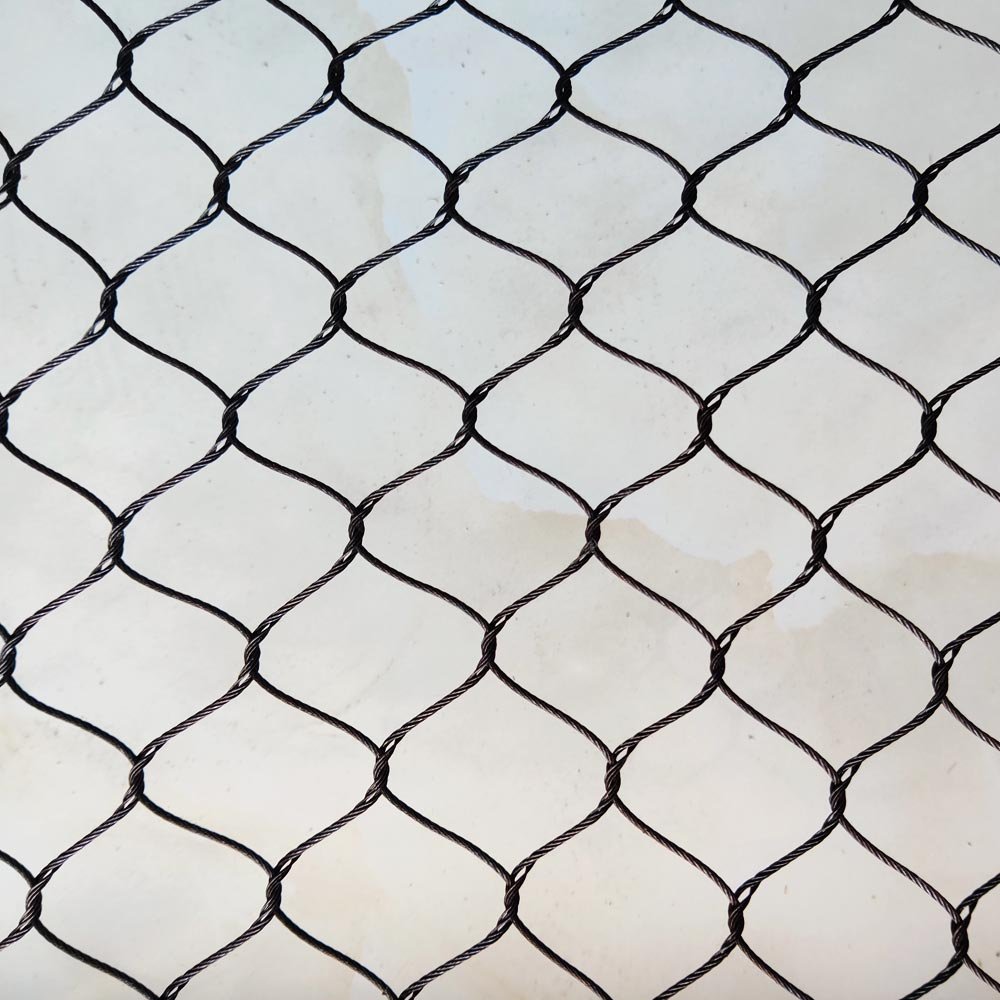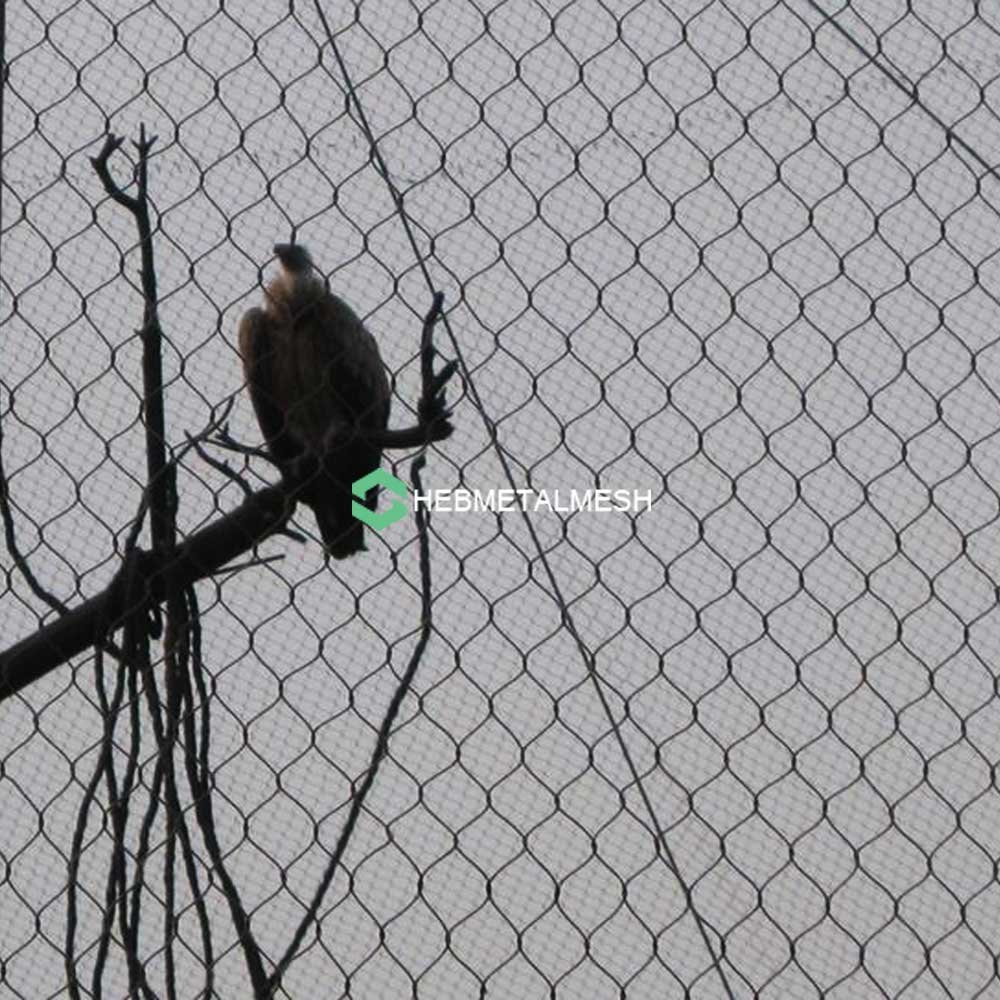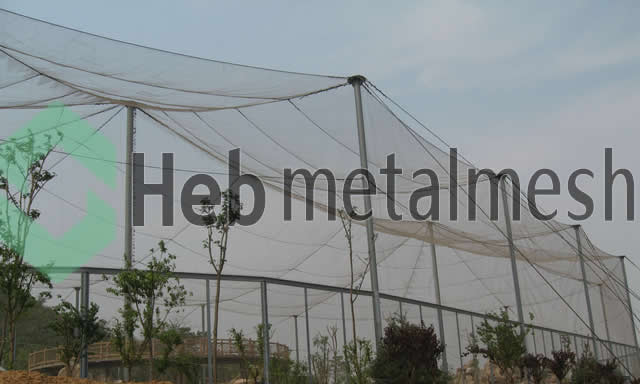Welcome to the world of avian wonder! If you’re an aspiring bird enthusiast or a seasoned avian aficionado, you’ll understand the importance of a safe and spacious environment for our feathered friends. In this article, we delve into the intricacies of building and maintaining a large bird aviary – a haven that promotes the natural behaviors and well-being of our avian companions.
From parrots to macaws to toucans, large birds require ample space to spread their wings, explore, and engage in their inherent behaviors. In our comprehensive guide, we explore the fundamental design considerations for creating an ideal bird aviary, from selecting the appropriate location to implementing the necessary safety measures.
Additionally, we provide expert insights on maintaining an optimal living environment, including essential factors like temperature regulation, hygiene protocols, and appropriate enrichment activities. We’ll share practical tips to help you establish a thriving ecosystem that mimics their natural habitat, ensuring your avian companions can thrive and soar to their fullest potential.
Get ready to embark on an exciting journey as we unravel the secrets behind building and maintaining a large bird aviary. Join us as we create an oasis for flight and transform your backyard into a haven for our feathered friends.
Benefits of building a large bird aviary

Building a large bird aviary offers numerous benefits for both the birds and their human caretakers. Firstly, it provides a spacious and enriching environment for birds to thrive. Large aviaries allow birds to engage in their natural behaviors, such as flying, foraging, and socializing, which are essential for their physical and mental well-being. By offering ample space, birds can stretch their wings, explore their surroundings, and exercise, leading to improved muscle tone, cardiovascular health, and overall fitness.
Moreover, a large aviary creates a more natural and stimulating habitat for the birds, mimicking their native environments. This can significantly reduce stress and behavioral issues, as the birds can express their innate behaviors without feeling confined or restricted. Additionally, a larger aviary allows for the introduction of diverse plant life, perches, and other enrichment items, further enhancing the birds’ quality of life and promoting natural foraging and nesting behaviors.
From the caretaker’s perspective, a large bird aviary offers several advantages as well. It provides more opportunities for observation, allowing you to better understand the birds’ behaviors and monitor their health and well-being. A spacious aviary also makes it easier to maintain cleanliness and hygiene, as there is more room for proper waste management and air circulation. Furthermore, a well-designed large aviary can be a visually stunning addition to your property, serving as a source of joy and inspiration for both you and your feathered residents.
Factors to consider before building a bird aviary
Before embarking on the journey of building a large bird aviary, it’s essential to carefully consider several crucial factors. The first and foremost consideration is the species of birds you plan to house. Different bird species have varying space requirements, behavioral needs, and environmental preferences. Carefully research the specific needs of the birds you intend to care for, as this will significantly impact the design and construction of your aviary.
Another important factor is the available space on your property. Ensure that you have sufficient land or a dedicated area to accommodate a large aviary structure. Consider the dimensions, layout, and orientation of the aviary, as these elements will affect the birds’ access to natural light, airflow, and overall well-being. Additionally, investigate any local zoning regulations or homeowners’ association rules that may impact the construction and placement of your aviary.
Financial considerations are also crucial when planning a large bird aviary project. Constructing a spacious and well-equipped aviary can be a significant investment, requiring funds for materials, labor, and ongoing maintenance. Carefully budget for the initial construction costs, as well as the long-term expenses associated with feeding, veterinary care, and utilities. It’s advisable to research and compare different aviary design options to find the most cost-effective solution that still meets the birds’ needs.
Designing your bird aviary – size, materials, and layout

The design of your bird aviary is a crucial aspect that directly impacts the comfort and well-being of your feathered residents. When it comes to size, the general rule of thumb is to provide as much space as possible, as larger aviaries offer more opportunities for natural behaviors and enrichment. As a starting point, consider the size and number of birds you plan to house, and then add an additional 50-100% of the minimum recommended space to ensure ample room for movement and exploration.
The choice of materials for your aviary construction is equally important. Durable and weather-resistant materials, such as stainless steel, high-quality mesh, and sturdy wooden frames, are essential to ensure the longevity and safety of the structure. Carefully select materials that can withstand the elements, resist corrosion, and provide a secure environment for your birds. Additionally, consider the ease of maintenance and cleaning when choosing materials, as this will contribute to the long-term upkeep of your aviary.
The layout and design of the aviary should be thoughtfully planned to optimize the birds’ living experience. Incorporate a variety of perches, platforms, and climbing structures at different heights to encourage natural behaviors and provide visual stimulation. Strategically place sheltered areas, such as nesting boxes or dense vegetation, to offer privacy and security for the birds. Additionally, ensure that the aviary has multiple entry and exit points, allowing for easy access for routine maintenance and veterinary care.
Creating a suitable environment for birds – temperature, lighting, and ventilation
Maintaining the appropriate environmental conditions within your bird aviary is crucial for the health and well-being of your feathered residents. Temperature regulation is a critical factor, as different bird species have varying temperature preferences and tolerances. Carefully research the optimal temperature range for the birds you plan to house, and install climate control systems, such as heaters or air conditioning units, to ensure a stable and comfortable environment.
Adequate lighting is another essential element in creating a suitable aviary environment. Natural sunlight is the preferred source, as it provides the necessary ultraviolet (UV) radiation for proper calcium metabolism and vitamin D3 synthesis. If your aviary is located in an area with limited natural light, consider supplementing with high-quality artificial lighting that mimics the natural daylight cycle. Proper lighting not only supports the birds’ health but also encourages natural behaviors, such as foraging and social interactions.
Ventilation is a crucial aspect of aviary design, as it ensures the circulation of fresh air and the removal of stale, potentially harmful air. Incorporate strategically placed vents, fans, or air circulation systems to maintain a constant flow of air throughout the aviary. Proper ventilation not only helps to regulate temperature and humidity but also reduces the buildup of odors, ammonia, and other airborne contaminants that can be detrimental to the birds’ respiratory health. Regularly monitor and maintain your aviary’s ventilation system to ensure optimal air quality for your feathered friends.
Choosing the right vegetation for your bird aviary

Incorporating the right vegetation into your bird aviary is essential for creating a natural and enriching environment for your feathered residents. Carefully selected plants can provide shade, nesting materials, foraging opportunities, and visual stimulation, all of which contribute to the birds’ overall well-being.
When selecting plants for your aviary, consider the specific dietary and behavioral needs of the bird species you plan to house. Choose a variety of native or naturalized plant species that are safe for birds, providing a diverse range of textures, colors, and growth habits. Incorporate both flowering and fruiting plants to offer a variety of food sources and encourage natural foraging behaviors.
Avoid introducing any plants that may be toxic or harmful to your birds, as the safety of your feathered residents is of utmost importance. Consult with local horticulturists, avian veterinarians, or experienced aviary owners to ensure that the plants you select are bird-friendly and suitable for your aviary’s specific climate and environmental conditions.
Feeding and nutrition for birds in an aviary
Providing a balanced and nutritious diet is crucial for the health and well-being of birds in an aviary setting. Carefully research the dietary requirements of the species you plan to house, as their nutritional needs may vary significantly. A well-rounded diet should include a combination of high-quality pellets, fresh fruits and vegetables, and appropriate protein sources, such as cooked eggs or insects.
Offer a variety of food items to stimulate the birds’ natural foraging behaviors and ensure they receive a diverse range of essential vitamins, minerals, and nutrients. Incorporate enrichment activities, such as hiding food items or providing foraging toys, to encourage natural behaviors and prevent boredom.
Maintain a consistent feeding schedule and ensure that clean, fresh water is always available. Monitor the birds’ food consumption and adjust portions as needed to maintain a healthy weight and body condition. Regularly clean and disinfect the feeding and watering stations to prevent the buildup of bacteria and the spread of potential illnesses.
Maintaining cleanliness and hygiene in the bird aviary
Maintaining a clean and hygienic environment is crucial for the overall health and well-being of the birds in your aviary. Establish a comprehensive cleaning and disinfection routine to minimize the risk of disease transmission and maintain a safe, comfortable living space for your feathered residents.
Begin by thoroughly cleaning the aviary on a regular basis, removing any accumulated waste, soiled substrate, and leftover food. Utilize appropriate cleaning solutions and disinfectants that are safe for birds, ensuring that all surfaces are thoroughly cleaned and sanitized. Pay special attention to high-traffic areas, perches, and nest boxes, as these are more prone to the buildup of debris and potential pathogens.
Regularly replace the substrate material, such as sand or wood chips, to prevent the accumulation of moisture and the growth of harmful bacteria or fungi. Ensure that the aviary is well-ventilated to promote air circulation and reduce the risk of respiratory issues. Additionally, implement a quarantine protocol for any new birds introduced to the aviary, as this helps to prevent the spread of diseases.
Common challenges in maintaining a bird aviary and how to overcome them
Maintaining a large bird aviary is not without its challenges, but with the right strategies and proactive measures, you can overcome these obstacles and ensure the continued well-being of your feathered residents.
One common challenge is the management of waste and odor control. Bird droppings can accumulate quickly, leading to unpleasant odors and potential health hazards. Implement a robust cleaning schedule, utilize appropriate substrate materials, and consider installing specialized waste management systems to effectively manage waste and maintain a clean, odor-free aviary.
Another challenge is the prevention and control of pests, such as insects, rodents, or predators, which can pose a threat to the birds. Carefully seal any entry points, install appropriate fencing or netting, and use eco-friendly pest control methods to deter unwanted visitors and protect your avian residents.
Maintaining the appropriate environmental conditions, particularly temperature and humidity, can also be a challenge, especially in areas with extreme weather fluctuations. Invest in high-quality climate control systems, monitor environmental conditions closely, and make adjustments as needed to ensure the birds’ comfort and well-being.
Conclusion – the joy of creating and maintaining a bird aviary
Creating and maintaining a large bird aviary is a labor of love, but the rewards are immeasurable. By providing a safe, enriching, and stimulating environment for our feathered friends, we not only enhance their quality of life but also have the privilege of witnessing their natural behaviors and the wonder of their flight.
Through careful planning, diligent maintenance, and a deep understanding of the birds’ needs, we can transform a simple outdoor space into a thriving oasis for flight. The joy of watching the birds soar, forage, and interact with their surroundings is a constant source of inspiration and fulfillment for aviary enthusiasts.
As you embark on your aviary journey, remember that every challenge overcome and every milestone reached is a testament to your dedication and love for these incredible creatures. The journey may not be without its obstacles, but the rewards of creating a safe and nurturing environment for your avian companions are truly priceless. So, let’s continue to build and maintain these havens for flight, ensuring that our feathered friends can thrive and inspire us with their boundless spirit.


